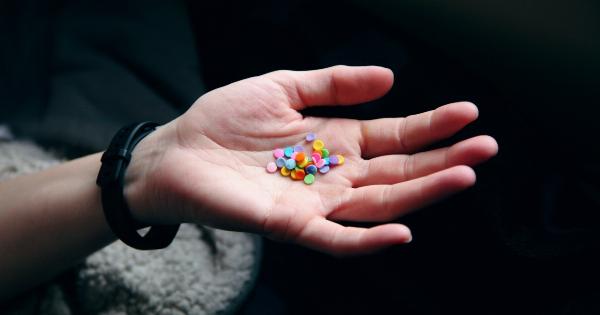Contact dermatitis is a common skin condition that occurs when your skin comes in contact with an irritating substance. This condition causes a rash on the affected area that can be itchy and uncomfortable.
In severe cases, it can lead to blistering and skin peeling. Knowing how to handle rashes caused by contact with irritants is crucial to reduce discomfort and promote healing. In this article, we will explore some tips and tricks that can help you deal with this condition effectively.
Identifying the cause of contact dermatitis
The first step to deal with contact dermatitis is to identify the cause of the rash. The rash can be caused by different substances such as detergents, perfumes, makeup, latex, metals, and plants.
It is essential to identify the cause so that you can avoid it in the future. The easiest way to do this is to think about the products or plants you have been in contact with recently. If you are unsure, it may be helpful to visit a dermatologist who can run some tests to determine the cause of the rash.
Cleansing the affected area
After identifying the cause of the rash, the next step is to cleanse the affected area thoroughly. It is essential to remove any traces of the irritating substance from your skin to prevent further damage.
Using a gentle cleanser and lukewarm water is best for this purpose. It is essential to avoid using hot water as it can dry out the skin and worsen the rash. After cleaning the area, pat it dry with a soft towel gently.
Applying a cold compress
A cold compress can help to reduce itching and inflammation caused by contact dermatitis. You can put ice cubes in a clean towel or use a cold gel pack for this purpose.
Place the compress on the affected area for 10 to 15 minutes and repeat hourly as needed. It is essential to avoid applying ice directly to the skin as it can cause frostbite and further damage.
Using over-the-counter creams
Over-the-counter creams can help to soothe the itching and inflammation caused by contact dermatitis. The most commonly used creams include hydrocortisone cream, calamine lotion, and antihistamine creams.
These creams are available at most drug stores and pharmacies and can be applied directly to the affected area. It is essential to read the instructions carefully and avoid overusing the cream as it can worsen the rash.
Keeping the affected area moisturized
Keeping the affected area moisturized is vital to promote healing and prevent further damage. Use a fragrance-free, gentle moisturizer on the affected area after cleansing it with a gentle cleanser and lukewarm water.
It is essential to avoid using moisturizers that contain fragrances, alcohol, or preservatives as they can further irritate the skin. You can apply the moisturizer several times a day as needed.
Avoiding triggers
Avoiding triggers is essential to prevent contact dermatitis from reoccurring. It is advisable to avoid using the products or coming in contact with substances that caused the rash.
If you must use these products, it is essential to take precautions such as wearing gloves or protective clothing. You can also consult a dermatologist for advice on how to avoid triggers and manage contact dermatitis effectively.
Seeking medical advice
If the rash is severe or does not improve after using over-the-counter creams and other remedies, it is essential to seek medical advice. A dermatologist can help to determine the cause of the rash and prescribe appropriate medication to treat it.
They can also advise on how to prevent contact dermatitis from reoccurring in the future.
Conclusion
Contact dermatitis can be uncomfortable and distressing. However, knowing how to handle rashes caused by contact with irritants can help to minimize discomfort and promote healing.
Identifying the cause of the rash, cleansing the affected area, using over-the-counter creams, keeping the affected area moisturized, avoiding triggers, and seeking medical advice are essential steps to manage contact dermatitis effectively.





























